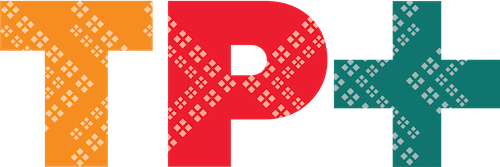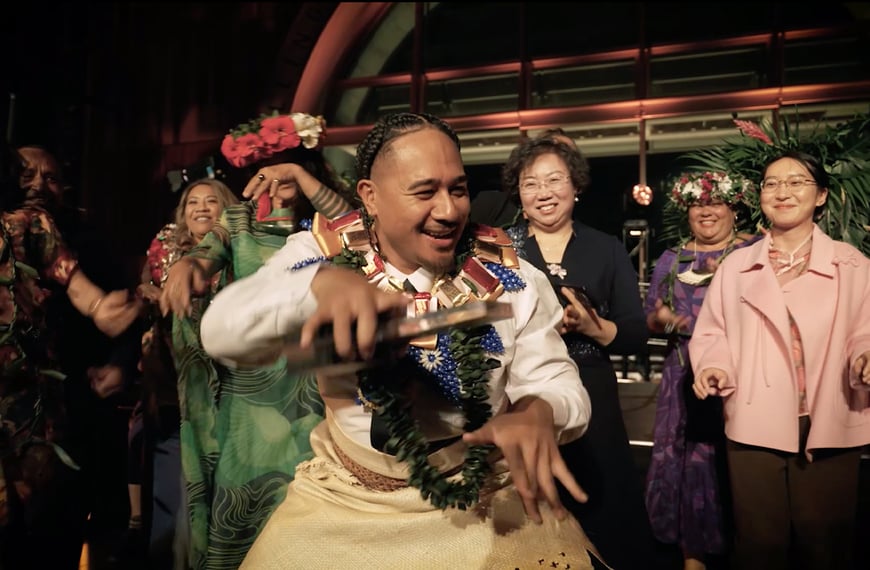Public Interest Journalism funded through NZ On Air
The three-part documentary ‘Murder in the Pacific’ directed by Chloe Campbell sheds light on the tragic sinking of the Rainbow Warrior, Greenpeace’s iconic ship, during its anti-nuclear testing campaign in 1985.
The film explores the historical backdrop of French nuclear testing in the South Pacific and the subsequent deadly covert operation that shook the world.
The French government’s decision to conduct nuclear weapons testing on Mururoa Atoll in French Polynesia in 1966 triggered international outrage and concern over the environmental and humanitarian implications. In response, the South Pacific nations of Australia, Cook Islands, Fiji, Kiribati, Nauru, New Zealand, Niue, Papua New Guinea, Samoa, Solomon Islands, Tonga, Tuvalu, and Vanuatu united to declare the region a nuclear-free zone with the Treaty of Rarotonga in 1985.
The Rainbow Warrior, owned by Greenpeace since 1977, was known for its efforts to protect the environment, fight against nuclear testing, and stop whaling. It was stationed in the Pacific to protest French nuclear testing.
Tragically, French agents pretending to be supporters secretly boarded the ship in 1985. One agent, named Christine Cabon, posed as an environmentalist to spy on Greenpeace’s office in Auckland. She gathered information about the ship’s activities.
Then, on July 10, 1985, the French intelligence agency sabotaged and sunk the Rainbow Warrior in Auckland Harbor, New Zealand. A photographer on board, Fernando Pereira, lost his life, and Greenpeace’s peaceful protests suffered a major setback.
The documentary ‘Murder in the Pacific’ shows the events leading up to this tragic incident and its impact on the fight against nuclear testing. It reminds us of the sacrifices made by activists working for a world without nuclear weapons.
Rainbow Warrior: Murder in the Pacific finishes on TVNZ 1 at 9.30pm on July 24. Episodes are available to stream on TVNZ+.












